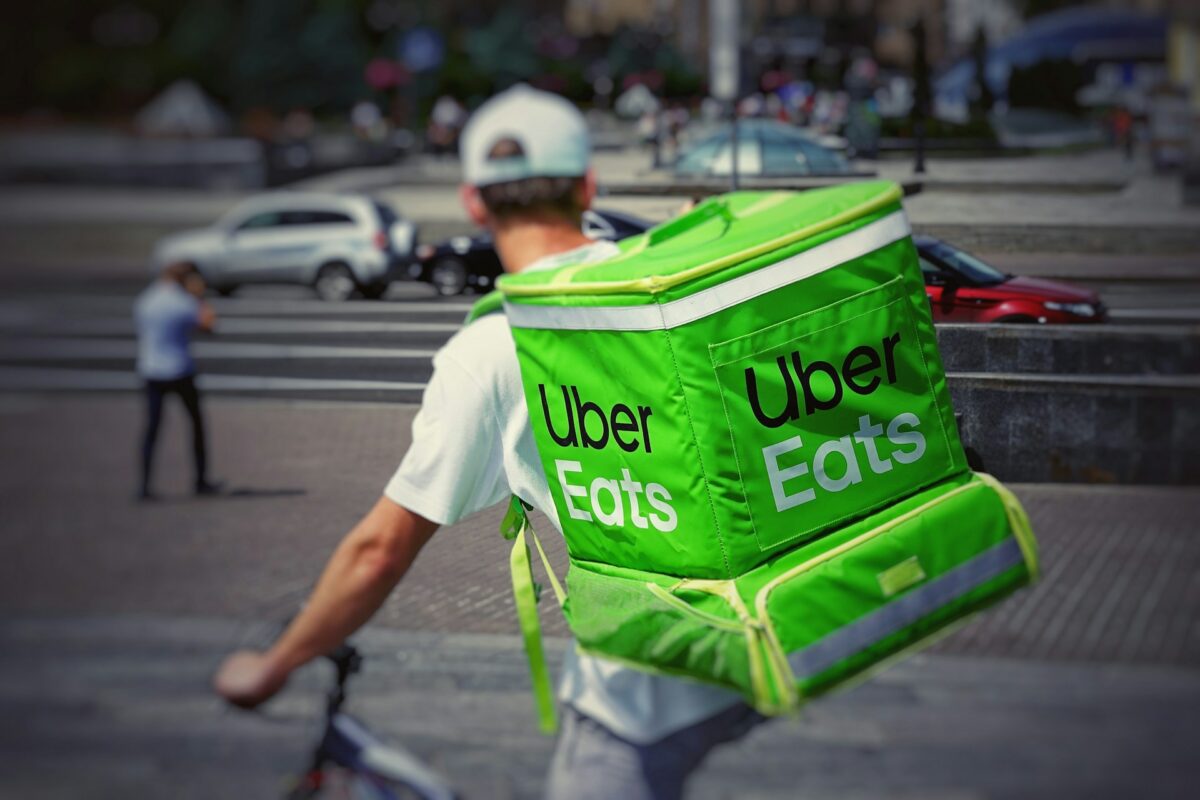Sometimes big brands surprise you. Take Burger King, for example – its sudden aspiration for luxury led it to declare plans to launch the world’s most expensive burger, featuring Kobe beef and an £85 price tag, as recently revealed in Marketing.
Burger fans aren’t the only ones treating themselves to a slice of luxury. Despite pet numbers being almost flat in the UK in 2008, the pet care and pet food categories continue to show robust growth as owners treat their pets like humans. High-priced, luxury pet foods have driven up prices, even if the amounts being bought remain the same.
It is part of the ongoing trend known as premiumization. Yes, it’s an ugly word, but so are most of the key concepts in marketing. Think how stupid we marketers sound when talking about positioning, segmentation or portfolio management. Premiumization is the topic of the year and marketers need to grasp its significant strategic opportunities.
The concept of premiumization originated in the drinks business about five years ago. It refers to the practice of introducing a brand or repositioning an existing one as premium or luxury in a mature category. Diageo, for example, has a series of brands such as Tanqueray Ten and Don Julio Tequila designed to premiumize their offering in some of their biggest categories. The term is so well entrenched in the wine and spirits business it even recruits premiumization executives. Smirnoff, for example, is currently seeking a premiumization manager, who will work under the premiumization director, to drive Smirnoff Black into a premium position in the vodka category.
There are many reasons for the sudden rise of premiumization.
Consumers are time-poor and cash-rich, and, as a result, they are more comfortable paying higher prices if the exclusivity and extra value is there. On the manufacturer side, we are finally entering an era of mass maturity. Most categories, especially in food and beverages, are now established. With no apparent direction left or right into new product areas, many marketers are attempting to move up instead. Higher prices reduces significantly the need to sell in huge numbers.
Then there are private-labels. As private-labels have grown in quality and popularity, they have forced brands to premiumize to find a high watermark where the rising tide of store brands won’t affect them. But retailers are no dummies, they, too, have discovered the potential of premiumization; Tesco Finest is possibly the best example of premiumization in the UK.
A final explanation for the growth in premiumization comes from Stanford University in California. A cross-disciplinary team there has been running a series of experiments on college students in which they are offered identical products, but told they are of differing prices. When students were asked which wine tasted better – one priced accessibly or a premium-priced one – most opted for the latter.
Interestingly, when the professors wired up the students to a brain scanner they observed that increases in price gave them more pleasure, even if the product itself was no different.
Like it or not, £85 burgers, luxury doggy puddings and £75 glasses of vodka are here to stay. Consumers are quickly growing accustomed to super-premium products – the age of premiumization is upon us.
The Blake Project Can Help: Accelerate Brand Growth Through Powerful Emotional Connections
Branding Strategy Insider is a service of The Blake Project: A strategic brand consultancy specializing in Brand Research, Brand Strategy, Brand Licensing and Brand Education





2 comments
Gareth
May 5, 2008 at 2:36 pm
Dear Sir,
As the trend to premiumise mass-market brands has coincided with the last decade’s era of economic plenty, do you think that the downturn that’s starting to squeeze the middle classes will slow or halt the premiumisation trend?
Kind regards,
Gareth.
mark ritson
May 6, 2008 at 7:43 am
Yes and no. I think shrinking wallets, especially in the US, may reduce the market for premium to some degree. But at the same time, when times are tough many consumers do feel like a treat sometimes. There is some excellent work done by the folks at BCG on trading up and trading down that shows that many American consumers will save money by shopping cheaper – say at Wal Mart so they can afford the one off premium items – like a Gucci bag.
I guess time will tell.
Mark
Comments are closed.